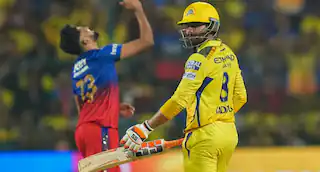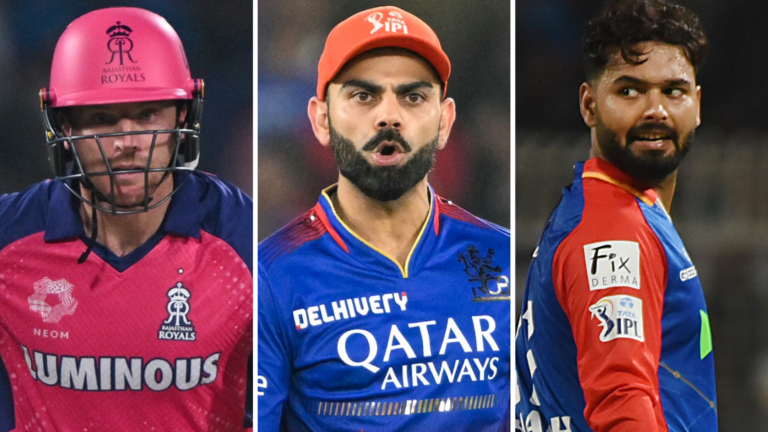england cricket team -icket in the desert: Nostalgia in ageing Sharjah, a coldness in future-ready Dubai
It takes barely an hour from Dubai, even during peak traffic along the Sheikh Mohammed Bin Zayed Road, to reach Sharjah. Thousands commute on this route that connects the offbeat brother next door that’s Sharjah to the slick metropolis that is Dubai. Sharjah exists in the past—the state’s ruler has meticulously preserved the remnants of the old port city; Dubai throbs in the future, like the skyscrapers that pierces its skies. Sharjah is laid-back: a dry state, with strict sharia laws and vigour for arts and galleries thanks to the state’s heiress; Dubai is bustling, its ambition matched only by its ceaseless quest to become the perfect globalised city-state in the world. Online Cricket Betting
Metaphorically, thus, the distance is more than the 39 kilometres that geographically distances them. The cites, two of the venues of the Asia Cup, evoke distinct feelings in the subcontinent’s cricket consciousness too. Sharjah is no longer the premium cricket stadium of the Emirates, matches stopping by rarely, more out of a homage to its past magnificence than a reflection of its present insignificance. Abu Dhabi and Dubai, more so the latter, are the shining beacons of Emirates cricket. In reality, both have been revelling in this status for the best part of the last two decades. Sharjah, its cricketing glory long departed, is more like a forgotten venue that suddenly leaps into the calendar during a multi-team tournament or a domestic league, just because there are not enough stadiums to accommodate the games in the country.
The schedule for this Asia Cup aptly portrays the disparity—Dubai hosts all the headline games, from the India-Pakistan league game to the final, besides five of the six super-four games. India are not scheduled to play any game at this venue of multiple heartbreaks and immortal triumphs; Pakistan would encounter a qualifier, and Sri Lanka face-off Bangladesh. Live Cricket
But for most of the audience, cricket in the Emirates means just one place: Sharjah. More so for those who grew up watching cricket in the 80s and 90s, when the calendar was not as packed as it is now, when satellite television had not become mainstream, when internet was still an idea than reality, when cricket in Sharjah, be it the Sharjah Cup, Asia Cup, Australasia Cup or those that were named after whimsical sponsors, was like the proverbial oasis in the heart of a blistering summer holiday break. The timing was ideal—just after the exams but before the next academic year begins, a space now encroached by the IPL.
The venue evokes a blizzard of nostalgia like few others in the world, a thread of romance few others could whip up. The sights and sound were unique—blazing sunshine that made bright hues appear brighter, broad smiles that adorned the faces of ten thousands who braved the heat to cheer their teams, those rare spotting of actors and underworld dons, adding to the allure and intrigue, the hyper-excited commentary of Tony Greig, or the sardonic wit of Geoffrey Boycott or the very embodiment of a English uncle in Henry ‘earrings’ Blofeld.
As was the multitude of varying emotions it has generated, or those that it still generates. It could be that no other venue has hosted as many white-ball games as Sharjah has—240 ODIs and 25 T20Is that it is automatically bound to produce so many wide-ranging emotions and gifted several unforgettable matches, moments and individual performances. But still, few other venues could match its range or the penchant for drama and theatre. Be it the sheer rapture of Sachin Tendulkar desert-storming Australia, or the haunting agony of Javed Miandad despatching Chetan Sharma’s last into the stands for a last-ball heist, or the anger that Aaqib Javed fuelled when he took a controversial hat-trick, or the brutal splendour of a Sanath Jayasuriya carnage or the marvel of Wasim Akram spell.
The heyday of Asian cricket unfolded in Sharjah—the city has seen the best Asian cricket had to offer in white-ball cricket—back in the day when India, Pakistan and Sri Lanka were all more or less equal forces and Bangladesh was a surging force. The gulf is wider this time in the Gulf—Pakistan and India are evenly matched, at least in personnel, but Sri Lanka are in transition, Bangladesh have flat-lined and Afghanistan are struggling to make the next leap. Sharjah would have to contend with the lower rung of the Asian teams. The disparity is as wide as the cultures of Sharjah and Dubai, or how the cities exist in the consciousness of the cricket audience.
Dubai inhabits the opposite spectrum—the pragmatic other of Sharjah, a city that is perennially hurtling towards the future. There is no time for nostalgia or sentiments, but rather purpose and business. Unlike the Sharjah stadium, which had just a concrete block and a couple of tents with the grass playing area leased from the local football club when it started hosting international games, the Dubai stadium was born ready, an ultra-modern stadium with world-class amenities, perched at the heart of the four billion dollars Sports City Complex, a shrine to the sporting pilgrimage that has a 60,000-seat main multi-purpose stadium, a 25,000-capacity cricket ground, a 10,000-seat indoor arena and 5,000-seat hockey venue, apart from sporting academies run by Manchester United and golf coach Butch Harmon and a sport-themed shopping mall.
Like a chain of expensive hotel, it’s ready all the time. Just book, check in and when the engagement is over, check out. It grants refuge to all, like it has to several migrants across the subcontinent for decades. For 13 years, it was home for Pakistan cricket. Its talisman Babar Azam has played more international games in Dubai than anywhere else. For IPL, it has been the go-to venue in times of distress, come polls or pandemic. For English and Australia teams touring the subcontinent, it has been the acclimatisation chamber. There are all types of surfaces—hundreds of tons of soil have been imported from England, Australia and Pakistan so cricket teams can practise playing on foreign surfaces.
But for Indian cricket fans, Dubai ushers in a certain coldness, an unfamiliarity even (India have played just 6 Odis and five T20s).There is no Sharjah-like warmth, or memories or moments, or nostalgia and sentiments, that burst forth like a water balloon pricked, but just an endless stretch of concrete wasteland, the emotional distance longer than it takes you to drive from Dubai to Sharjah.
bestes Online Casino –



